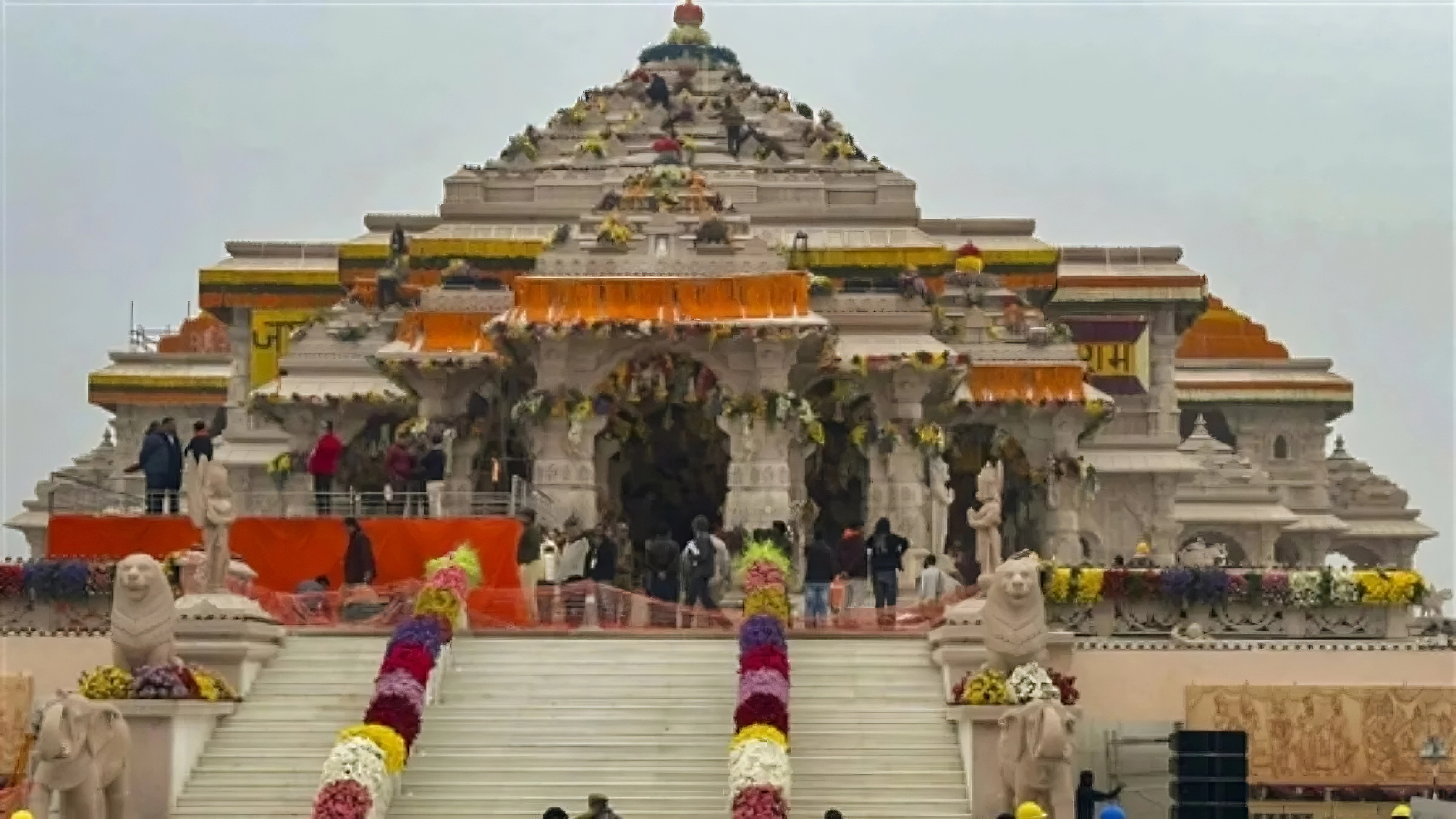The Ayodhya Ram Temple was built without the use of iron or steel. Here's Why
KJSS
22-01-2024
Share

The magnificent temple in Ayodhya dedicated to Ram Lalla, the infant form of Lord Ram, is a true blend of traditional Indian heritage architecture with science-based building techniques, ensuring its longevity for years to come.
According to Shri Nripendra Misra, the head of the Shri Ram Janmabhoomi Teerth Kshetra Trust, Ayodhya, "the temple has been made to last more than a thousand years."
He claims that leading experts in India have helped to transform it into an iconic edifice unlike any other. In the temple, even ISRO technology have been used appropriately.
The architectural plan was created in accordance with Chandrakant Sompura's Nagar Shaily or northern Indian temple designs. Chandrakant Sompura has been creating historical temple constructions for 15 generations as a family tradition. Over 100 temples have been designed by the family.
Mr. Sompura states, "In the annals of architecture Shri Ram Temple will be the rarely seen, unique kind of splendid creation ever conceptualised not only in India but at any place on Earth."
According to Nripendra Misra, the temple would have a built-up space of around 57,000 square feet and a total area of 2.7 acres. It will have three floors. He claims that since iron only lasts for 80–90 years, neither steel nor iron have been utilised in the temple. The temple will rise to a height of 161 feet, or around 70% of the Qutab Minar's height.